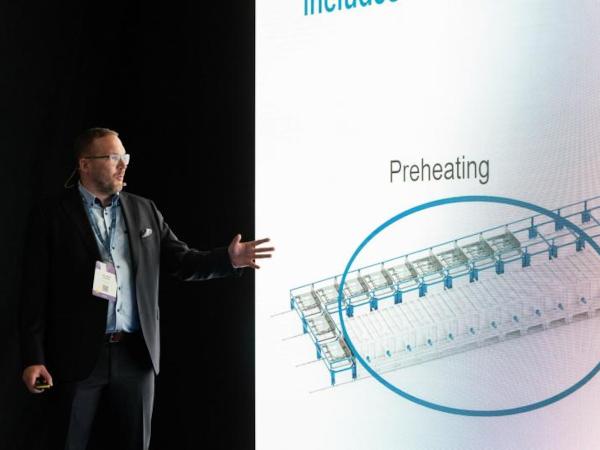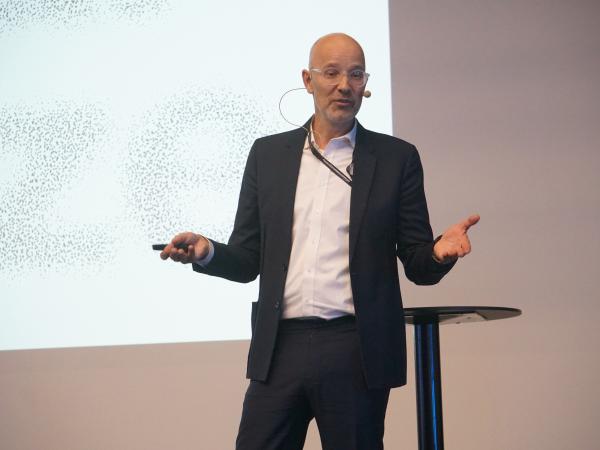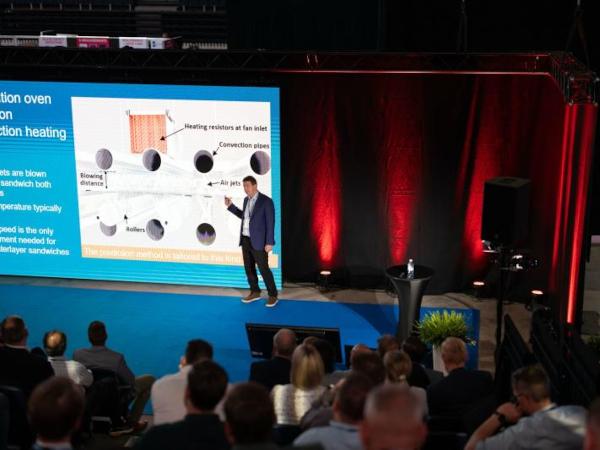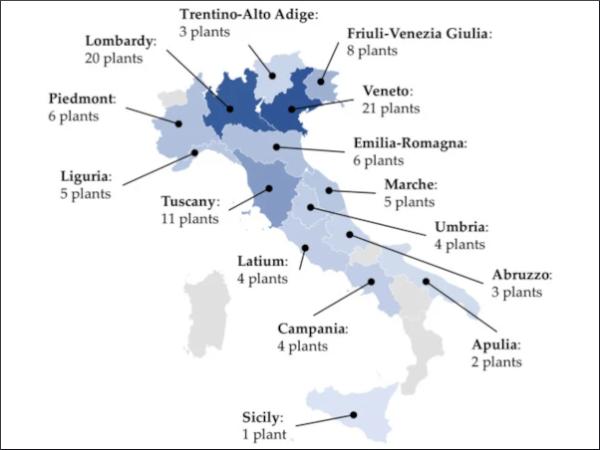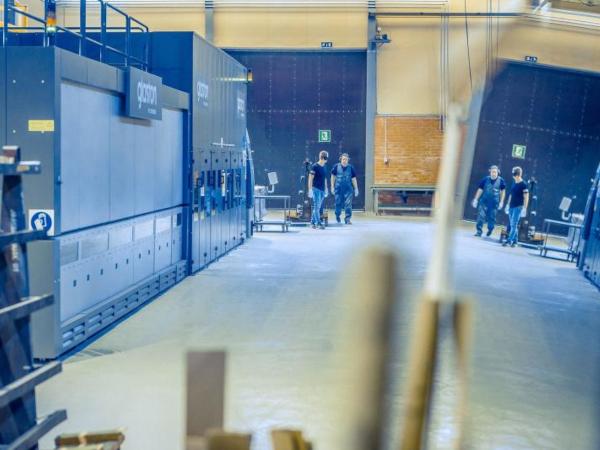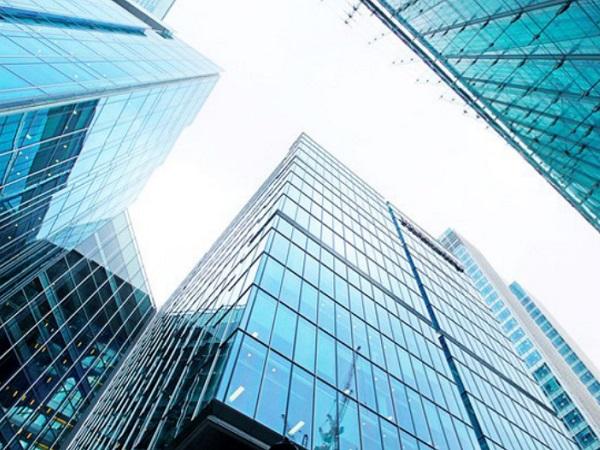Others also read
| In the latest Glastory blog post, Antti Aronen introduces how the complexity of automotive windshields and sunroofs has significantly increased with evolving modern car designs.
| Christoph Timm, Principal at SOM New York, shared insights on decarbonizing the built environment and the evolving landscape of sustainable construction.
| In this episode, Gennadi Schadrin, Director Research & Development IG, shares insights into its creation and the remarkable benefits it brings to glass processors.
| How aerogels boost energy efficiency and may enable advanced technical solutions for insulating glass units, skylights, daylighting and facade glazing.
| The latest Glastory blog presents how to overcome interlayer temperature hurdles in laminated glass processing with the prediction method. More of the presentation by Mikko Rantala at GPD 2023.
| This paper reviews current durability literature, various standards for window performance ratings and weathering methods, existing in situ IGU energy performance measurement techniques, and whole-building energy effects.
| A window's glazing properties play a key role in defining the quality and quantity of transmitted daylight in a space.
| This is the first video in Glaston's new #AskGlaston Insulating Glass Manufacturing Series.
| Photovoltaic (PV) windows can enable net-zero highly glazed buildings
| New translucent, structural and modular façade component.
| It is hypothesized that the usage of smart glass in the building envelope can provide optimum solutions to adapt buildings to the variable climatic and environmental characteristics.
| In the latest Glastory blog, Jukka Immonen shares some practical tips for optimizing energy consumption in automotive glass production. From preprocessing to final inspection, there is huge potential every step of the way.
| Learn how EPDs can help you make environmentally friendly product selections.
| Unlocking the potential of energy-saving solutions in the glass industry: a guide for Italian companies
| Water-filled building envelopes are hybrid constructions with a solid and a fluid component, typically a glass or steel shell filled with water.
| This study identifies the existing supply-chain inefficiencies in the UK glass industry in three stages.
| Gain multiple benefits with upgrades to the glass laminating furnace
| Read the latest Glastory blog by Taneli Ylinen.
| A study was made of the impact resistance of annealed, heat-strengthened, and fully tempered laminated glass using test panels.
| Dow has a strong commitment to sustainability and recently introduced the first externally PAS2060-verified carbon neutral silicones for façades.
| The paper deals with the recycling of laminated glass, especially with the effective separation of glass (in the form of cullet) from the polyvinyl butyral (PVB) interlayer film.
| End-of-life insulating glass units (IGUs) continue to follow a linear, wasteful path from renovation and demolition sites into landfills or low-value recycling.
| In the present work, subcritical crack growth in soda–lime silicate glass is investigated under different environmental conditions.
| This paper examines the visual performance of building facades that utilize windows with different photochromic-coated glass.
| This paper aims to contribute to this topic by examining the potential of a smart window system that has double dynamic insulated glazing in preventing heat gain and maximising daylight indoors.

